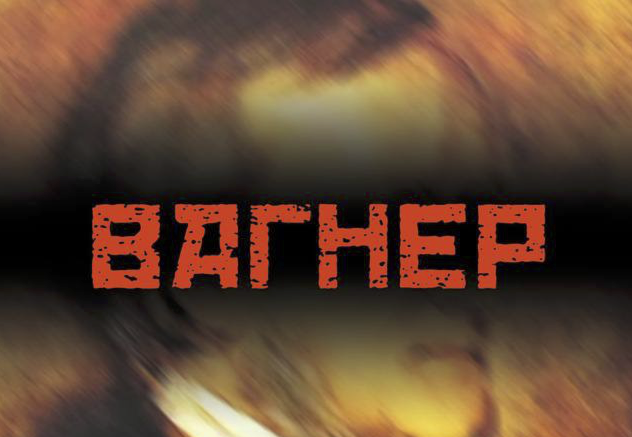The Wagner mutiny of June 2023, on its surface, appeared as a spontaneous revolt within the ranks of a Russian mercenary group. However, a discerning eye will quickly recognize that the event is not a mere anomaly, but rather a strategic maneuver steeped in the doctrines of prominent Russian military and information warfare theorists. This analysis intends to unravel the layers of strategic intent behind the Wagner mutiny, offering a deep dive into the incident from the perspective of an intelligence analyst.
Disinformation and Narrative Control: The Legacy of Igor Panarin
The mutiny narrative seems to be an embodiment of Igor Panarin’s approach to information warfare. Panarin, a luminary in the field, believed that the control and manipulation of information were key tools in securing geopolitical advantage. In the case of the Wagner mutiny, the Russian state cleverly used the concept of ‘vranyo’, a knowing acceptance of falsehood, to obscure its ties with the Wagner group. This move resulted in blurred lines of accountability, effectively distracting global attention from the state’s activities.
This situation demands a more profound analysis. We must evaluate whether the international community was genuinely deceived by this narrative or if it consciously chose to accept it to avoid escalating tensions. Moreover, understanding this incident may provide crucial insights into the future of information warfare and the West’s capabilities to counter such advanced disinformation campaigns.
Strategic Retreats and Diversion Tactics: The Wisdom of Aleksandr Svechin and Mikhail Tukhachevsky
From a military strategy perspective, the Wagner mutiny draws heavily on the doctrines of Aleksandr Svechin and Mikhail Tukhachevsky. Svechin is revered for his strategy of ‘attrition warfare’, which emphasizes weakening an enemy over time. The relocation of the Wagner group from Ukraine to Belarus post-mutiny could be interpreted as a tactical retreat in line with Svechin’s teachings, designed to prolong the conflict and drain NATO’s resources.
Simultaneously, the incident mirrors Tukhachevsky’s ‘deep operations’ doctrine. This strategy involves creating a diversion to distract an adversary’s attention, buying time to prepare for a decisive action. By shifting NATO’s focus towards its internal affairs, Russia was able to maneuver more freely in the Ukraine-Belarus region.
While these maneuvers seem perfectly orchestrated, their real impact and intent remain hidden beneath the surface. We must ask if this diversion was a mere coincidence or a calculated move by the Kremlin. Furthermore, understanding this incident may inform future NATO strategies to counter such sophisticated military diversions.
The Power of Projected Vulnerability
The mutiny’s narrative depicts a sense of internal discord, a seemingly risky move that contradicts conventional strategic wisdom. However, from a Russian military tradition perspective, this move makes perfect sense. It redirects international focus towards Russia’s internal affairs, controlling the narrative while simultaneously providing the state with time and space to advance its geopolitical objectives.
To appreciate this maneuver’s intricacy, we need to question its implications. Does it reveal a gap in Western intelligence’s anticipatory abilities? And what countermeasures should we consider to address such future strategic reorientations?
Unveiling the Geopolitical Chessboard: Critical Points of Analysis
- Deconstructing Narratives: As intelligence professionals, our first task is to separate the wheat from the chaff. We must discern between actual events and carefully crafted narratives, decoding the strategic intent behind incidents like the Wagner mutiny.
- Unmasking ‘Maskirovka’ and ‘Vranyo’ Strategies: Russian strategy often employs ‘maskirovka’ (deception) and ‘vranyo’ (willing suspension of disbelief). Understanding these strategies and developing effective countermeasures is critical.
- Navigating Military Diversions: We must anticipate and counter strategic retreats and diversions, as demonstrated in the Wagner mutiny. This requires a deep understanding of military doctrines, like those proposed by Svechin and Tukhachevsky.
- Preparing for Advanced Disinformation Campaigns: In an era defined by information warfare, understanding the principles of theorists like Panarin is essential. We must be equipped to counter advanced disinformation campaigns and control the narrative.
Conclusion
The Wagner mutiny, underlined by Russian strategic thought, highlights the ever-evolving complexity of global geopolitical dynamics. It underscores the need for intelligence professionals to delve deeper into the strategic doctrines of other nations, especially those as intricate as Russia’s. This incident serves as a reminder that strategic thought is never stagnant – it evolves, adapts, and takes new forms. As we navigate this ever-changing landscape, the need for critical analysis and strategic foresight has never been more apparent.
Through a thorough understanding of the doctrines of Panarin, Svechin, and Tukhachevsky, intelligence professionals can begin to anticipate, interpret, and counter such maneuvers. The Wagner mutiny is a case study, a real-world lesson that illuminates the importance of maintaining a deep understanding of international military and information warfare strategies.
In an increasingly interconnected and volatile geopolitical landscape, the ability to discern the genuine from the deceptive, the strategic intent from the superficial narrative, will be what sets successful intelligence professionals apart. The challenge before us is clear: anticipate, decode, and adapt. Our understanding of global security dynamics depends on it.








